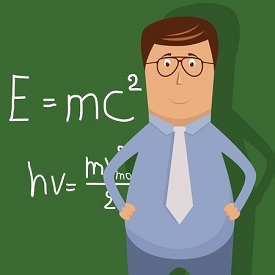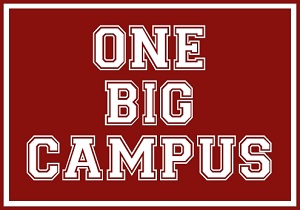Some Data on Teachers
 Nearly everyone can agree that education is important even though people may disagree about the reasons. For many, education is viewed primarily as a way to increase employability and earning power. The numbers provided by public education records demonstrates that higher educational achievement does in fact allow people to obtain those objectives. It shows a direct correlation between level of education and employability and that the higher the level of education within a group, the lower the level of unemployment.
Nearly everyone can agree that education is important even though people may disagree about the reasons. For many, education is viewed primarily as a way to increase employability and earning power. The numbers provided by public education records demonstrates that higher educational achievement does in fact allow people to obtain those objectives. It shows a direct correlation between level of education and employability and that the higher the level of education within a group, the lower the level of unemployment.
Other people view education as important for personal growth and as a way to become a more civic-minded member of society. Despite increases in tuition, people continue to value education both as an experience and an investment in their futures. You can see the national statistics regarding American's levels of education by state as well as ethnicity at the National Center for Education Statistics.
With so many people pursuing higher education, who is educating the educators? The number of people pursuing a degree in education has dropped 5% over the last ten years. As a major, it ranks at number five, with only 106,000 people earning a degree in education between 2011 and 2012. Students, on the other hand, are getting higher grades than ever before. Does the decline in the number of teachers combined with an increase in student grades mean that we have lower quality educators than previous generations?
The social consequences for a lack of qualified teachers can be severe indeed. For example, according to education statistics, 41% of high school graduates are academically unprepared for college-level coursework. This unpreparedness takes a big toll on students attempting to improve their social and financial circumstances through education and hard work. The relevance of this statistic increases when combined with other statistics that show that 31% of university freshmen require remedial classes-and that 31% is also the rate at which freshmen drop out.
Recent data shows serious reductions in the number of people enrolling in teacher training programs nationwide. California reported a drop of 53% and North Carolina a drop of %20. Teach for America, an alternative teacher training program, has also seen drops in enrollment over the last two years. Ironically, among the reasons cited for this decline is the recent increase in class size, which makes teaching more difficult. The dwindling number of teachers will result in even larger class sizes. Other potential reasons for shortages in qualified teachers include reductions in education funding and what many believe to be a misguided focus on state test results rather than learning.
According to the U.S. Department of Education, the government offers a number of incentives, including school loan forgiveness, to help address shortages of qualified teachers. The academic areas most eligible for these incentives include math, science, bilingual and special education. There is no more valuable or more important profession than that of teaching, and these statistics show just how important good teachers are for keeping our individual and collective dreams of a better future alive.
Public College & University Data
Now there is a place to help you find out more information about the various public colleges and universities out there. There is a wide variety of statistics and data available on the various higher education systems across the country. Sometimes the data is collected nationally and sometimes it is local to each state. We provide our analysis of the education data that is available on higher education systems in the USA.
Contact Us
Have questions or feedback you would like to share? Feel free to contact us and let us know what is on your mind.
Copyright © OneBigCampus.com
